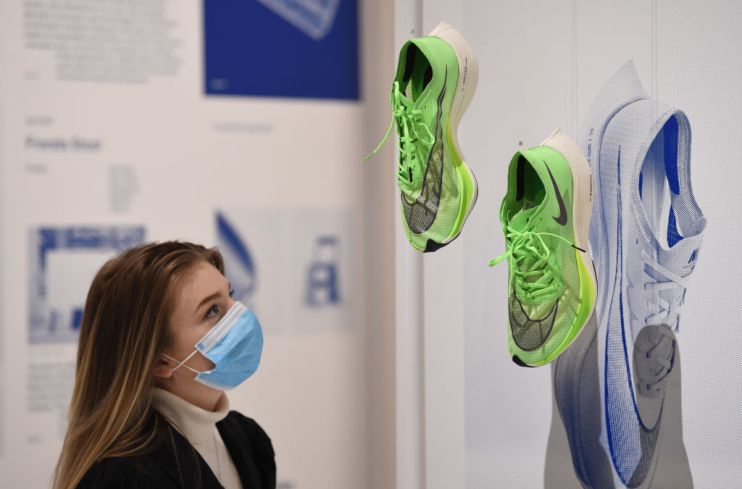What to expect from sports technology in 2021

After the sporting chasm that was 2020, things are definitely looking up in 2021.
In prospect are Olympics and Paralympic Games, football’s European Championship and the return of a plethora of iconic annual fixtures, such as Wimbledon, Royal Ascot and The Open.
But as we embrace the new normal of live sport next year, what can we really expect?
The first question has to be: what will our venues feel like? Pre-Covid, smart stadiums were a hot topic, as rights owners could monitor spectators, their behaviour, stadium access and purchasing actions.
However, as crowds return to grounds, venues will have to step up in more practical ways.
The vaccine is a fundamental first step. But even if fans’ thinking hasn’t changed, facilities managers will be cautious about optics.
Crammed bars, dirty toilets and cash transactions do not sit well post-pandemic. Technologies such as in-seat ordering and blue light hygiene are likely to become standard-issue.
Augmented reality
The possibilities of augmented reality (AR) have always been exciting. That’s never been more true, now it looks set to become an inherent part of viewing.
With attention levels dropping among younger audiences, a great way of maintaining their interest is with AR engagement.
AR could facilitate in-match quiz questions, fact messaging and polls, all the while harvesting data. ‘Push’ or unadorned broadcasting – whether TV or direct-to-consumer streaming – will eventually look decidedly second rate without it.
Artificial intelligence
Artificial intelligence (AI) started to gain real traction in the market in 2020, helping coaches predict, challenge or out-think opponents. Athlete welfare and performance tools in this space are set to evolve even further.
No one is suggesting AI will replace human insights into player performance. But the predictive nature of AI means that analytics tools will challenge the ways trainers think.
In football, for example, focus is often on how a player performs in the early stages of a match while AI analysed data is programmed to report information about other areas of their performance in an algorithmically prioritised way.
The key to how this evolves is how willing managers are to be challenged by the tools available to them.
Athlete welfare
For several years now, the STA Group has banged the drum for innovation in fem-tech and head trauma prevention. As recent events in rugby have shown, the latter technology is needed desperately.
With the pending players’ lawsuit, rights holders have been shown the financial imperative for taking bolder steps in this regard. But all stakeholders in sport have a moral imperative to protect young athletes, from the changing room to the podium, in every reasonable way possible.
Fitness tech
Fitness tech will continue to boom. Subject to how quickly the financial recovery starts, it is an area ripe for development is mass market smart apparel.
With the exception of the Nike Vaporfly, manufacturers have been found wanting in this area, proving that they can design great kit but haven’t yet embedded it with technology that could replace wearables.
Don’t hold your breath to see this in 2021. But once the green shoots start showing, this evolution won’t be far behind.
Rebecca Hopkins is chief executive of the STA Group.